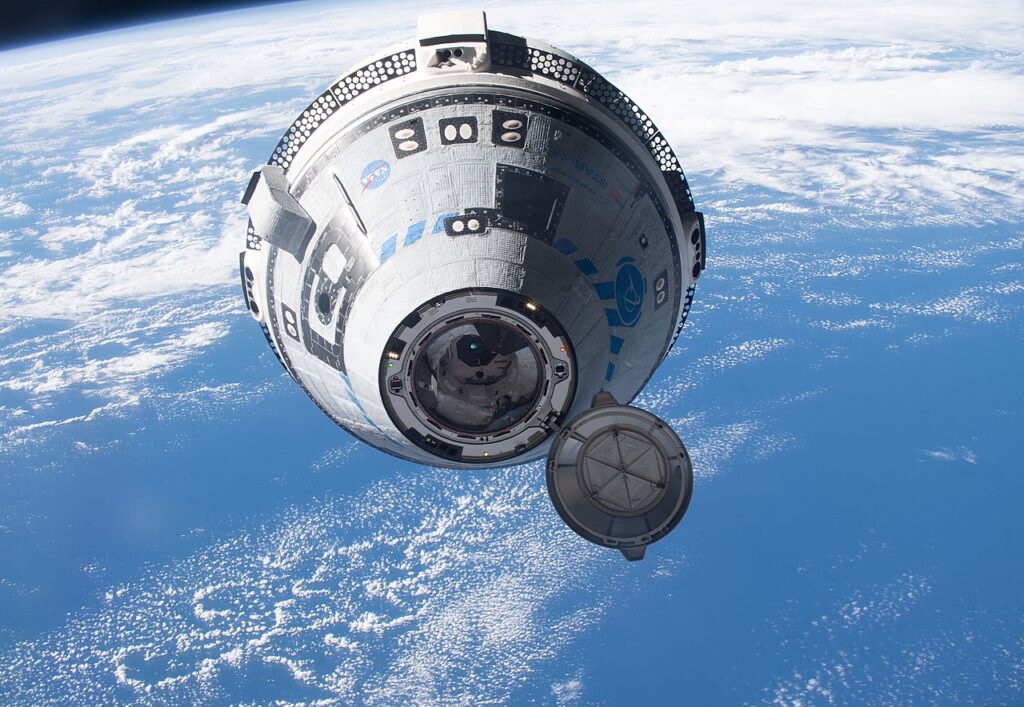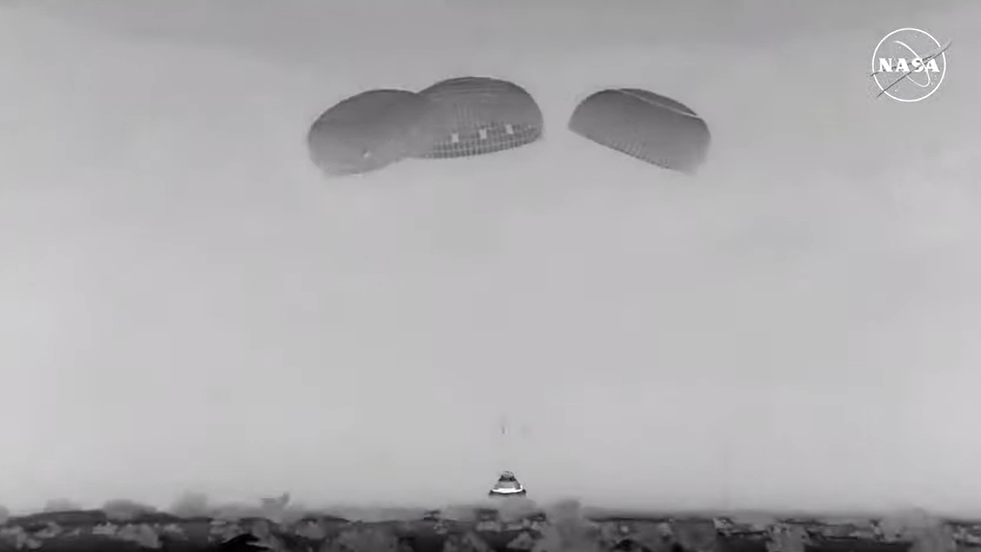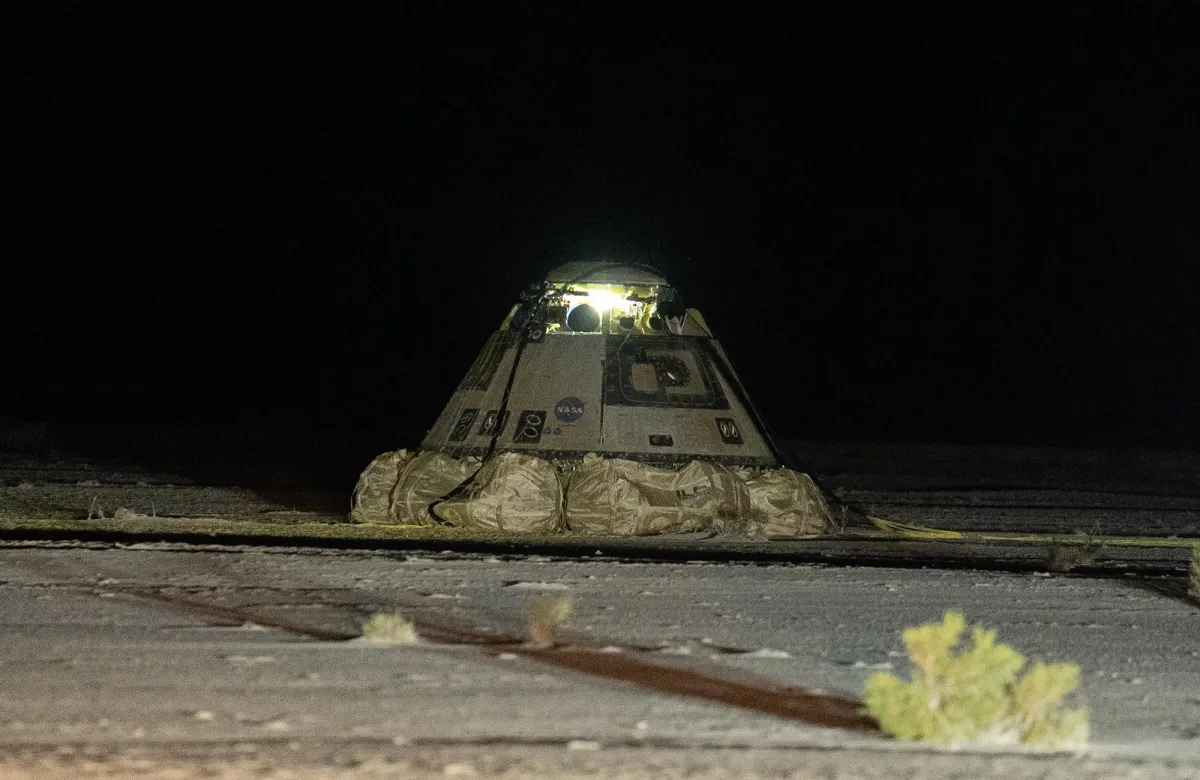The Starliner spacecraft made a successful landing at White Sands Missile Range. It landed empty. Its crew Butch Wilmore and Sunita Williams remained on the ISS and would not return to Earth until next year.
Starliner technical problems
Statliner was launched on June 5. The main task of the flight was to test how the spacecraft’s systems would behave with people on board. According to the plan, the Starliner was to dock with the ISS, spend eight days as part of the station, after which Wilmore and Williams were expected to return to Earth.

However, during docking with the ISS, the spacecraft failed several engines of the orientation system. Most of them were later restored to operation, but this raised questions about the safety of the Starliner.
After that, NASA and Boeing representatives began working hard to understand what exactly happened to the engines and whether such a situation could be repeated during Starliner’s return to Earth. Therefore, the term of the “business trip” of Wilmore and Williams was extended several times. According to rumors, NASA and Boeing representatives often shouted at the meetings.
In the end, NASA decided not to take any chances and announced that the spacecraft would return to Earth without a crew. Wilmore and Williams will remain on the ISS and return home as part of expedition Crew-9, whose crew has had to be reduced from four to two because of this.
Starliner landing
Starliner undocked from the ISS on the night of September 6-7. NASA reported that there were no problems with the maneuvers. The spacecraft was moving on a “perfect trajectory” and all 27 engines of the orientation system worked as intended (not counting one engine that failed back in June and was not repaired).

However, the return to Earth wasn’t without some problems. Two engines got hotter than expected, but did not fail. Before that, controllers changed the software so it wouldn’t shut down engines that were too hot during orbital descent. It is not known yet if the engines have reached temperatures that would cause a shutdown without a software change.
Also, one of the 12 individual engines on the crew module failed during pre-entry testing. These engines are different in design from those on the service module, and it is unclear what caused the failure. However, the backup engine worked fine and didn’t cause any problems during re-entry.

The landing was precise despite malfunctions in the navigation computer system, which struggled to receive GPS signals after communication was cut off during re-entry. at the White Sands Missile Range. In the near future, the Starliner capsule will be transported to the Kennedy Space Center for study.
At this time, it is unknown if and when NASA will request another Starliner test flight from Boeing and when it might take place. Previously, Starliner’s first operational mission was postponed from February to August 2025. It also raises questions about Boeing’s readiness to continue developing the project, which has already caused the company $1.6 billion in losses. NASA executives previously said the company had assured them of Starliner’s commitment. However, Boeing representatives were absent from the briefing on the spacecraft’s landing, although their participation had been previously announced.
According to Spacenews


